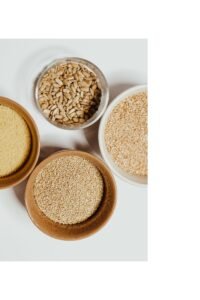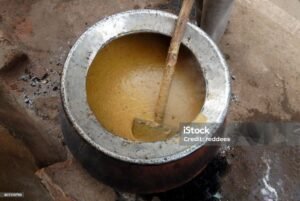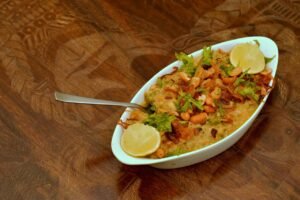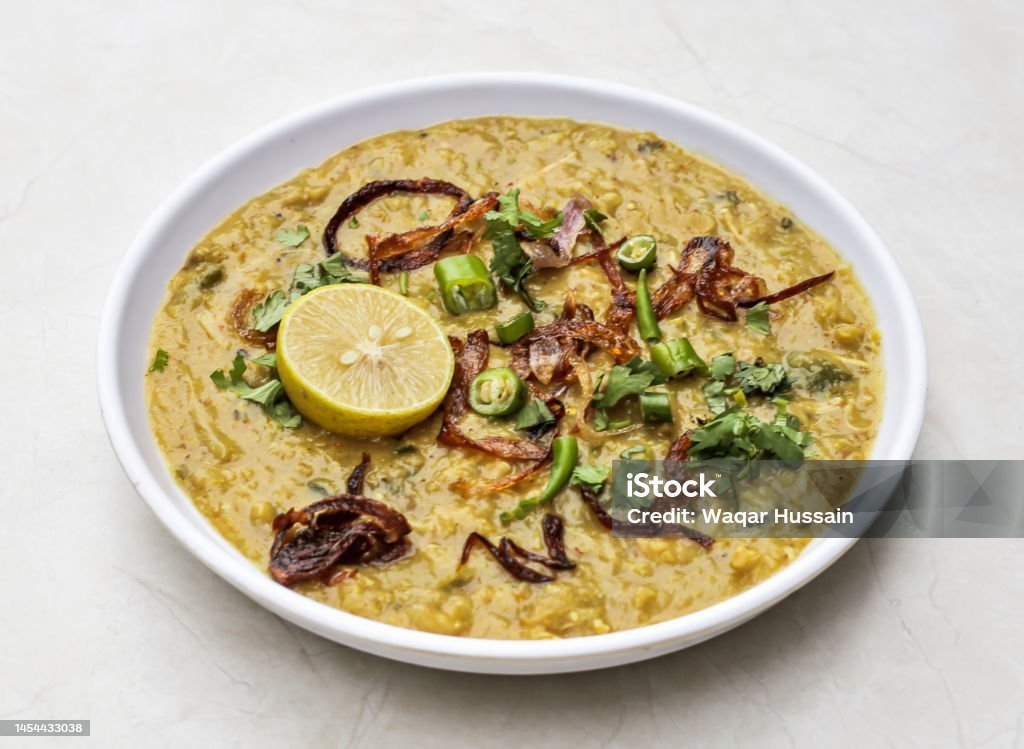“Savouring the Tradition: An Intimate Look into Haleem’s Past and Present”.
Greetings:
Food lovers have a special place in their hearts and palates for Haleem, a culinary masterpiece that crosses boundaries and time. With its origins firmly ingrained in the Indian subcontinent’s cultural tapestry, this flavorful and rich dish has come to represent joyful celebration and social harmony. We will go into the history, components, cooking method, and cultural significance and recipe of Haleem in this blog post, examining why it is grown to be a staple in a variety of cultures.
History and Origin: The origins of Haleem can be found in the Mughal era, when the royal kitchens combined Indian and Persian culinary elements to create a dish. Once referred to as “Harissa,” this wholesome, slow-cooked dish made its way into the hearts of the general public and developed into the well-known haleem that we know today. Its renown goes beyond India; Middle Eastern and Central Asian cuisines have their own takes on the dish, each contributing a distinctive touch.
Ingredients and Preparation: A harmonious combination of wheat, barley, lentils, meat (typically mutton or chicken), and numerous spices make up Haleem. These ingredients become a thick, velvety porridge during the slow cooking process, which is where the magic happens. The flavors converge during the slow simmering process, producing a rich and satisfying symphony of flavor. Because it is traditionally made during the fasting month of Ramadan, Haleem is even more significant as a dish that promotes community and unity.
Cultural Significance: Haleem is a vital component of unity, even in addition to its delicious flavor. This dish is prepared and shared communally during Ramadan, forging connections across cultural and religious divides. Due to its widespread association with festivities, marriages, and festivals, Haleem is a dish that stands for harmony and sharing in many cultures.
Regional Differences: Attractive regional variations in Haleem notwithstanding, the basic ingredients remain unchanged. For instance, the Hyderabadi Haleem Festival, held every year in Hyderabad, attracts both residents and visitors who come to enjoy the city’s distinctive interpretation of this culinary masterpiece. Every area adds a unique touch to Haleem, whether it is through the use of ghee, fried onions as a garnish, or the type of meat used. This results in a dish that is both dynamic and diverse.

https://spicesaroma.com/kunafa/
In summary, the flavor of Haleem embodies the rich history, cultural fusion, and unity inherent in each spoonful. This dish’s popularity has spread throughout the world, and it is praised for both its depth of flavor and the feelings it arouses. As you relish every morsel of Haleem, keep in mind that you.
Ingredients:
1 cup broken wheat
1/2 harees rawa/ semolina
1/2 cup lentils (mix of red lentils and split chickpeas)
500g boneless meat (chicken or mutton), cut into small pieces
1large onion, finely sliced and fried
2 tablespoons ginger-garlic paste
1 teaspoon turmeric powder1 tablespoon red chili powder
1 teaspoon garam masala
Salt to taste
4 tablespoons cooking oil or ghee
Fresh coriander leaves and thinly sliced ginger for garnish and fried onions
Instructions:




